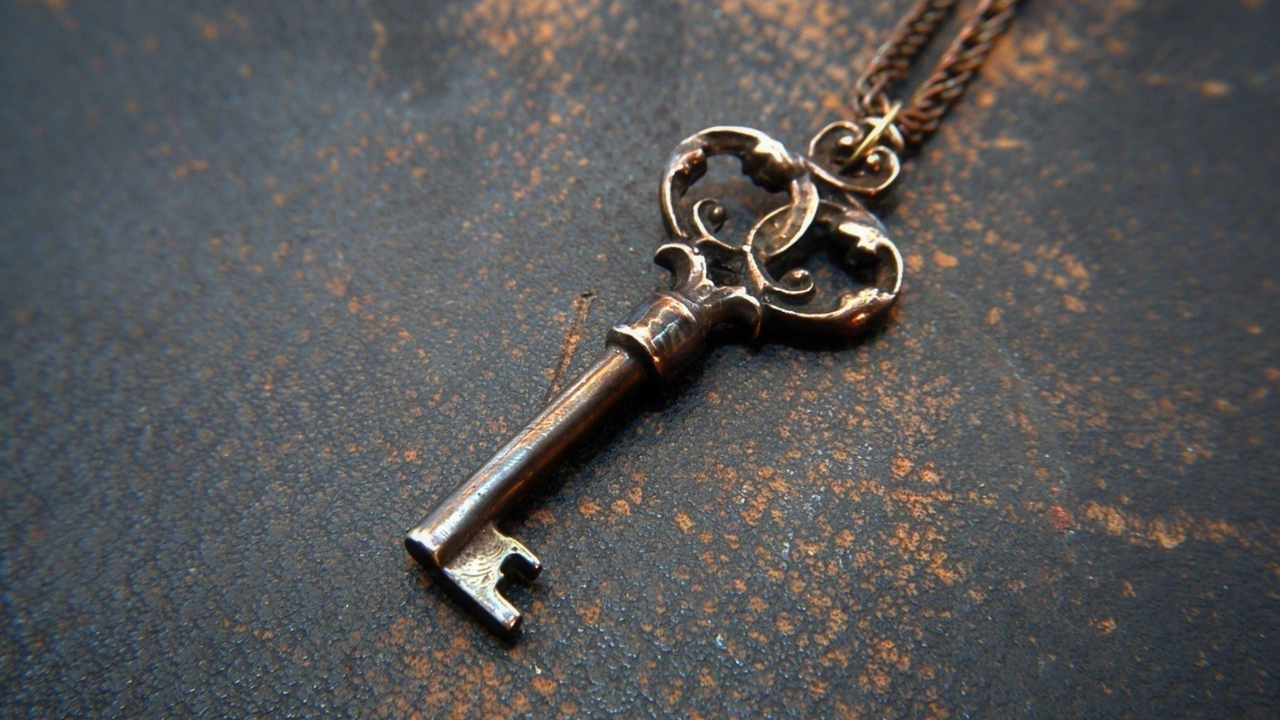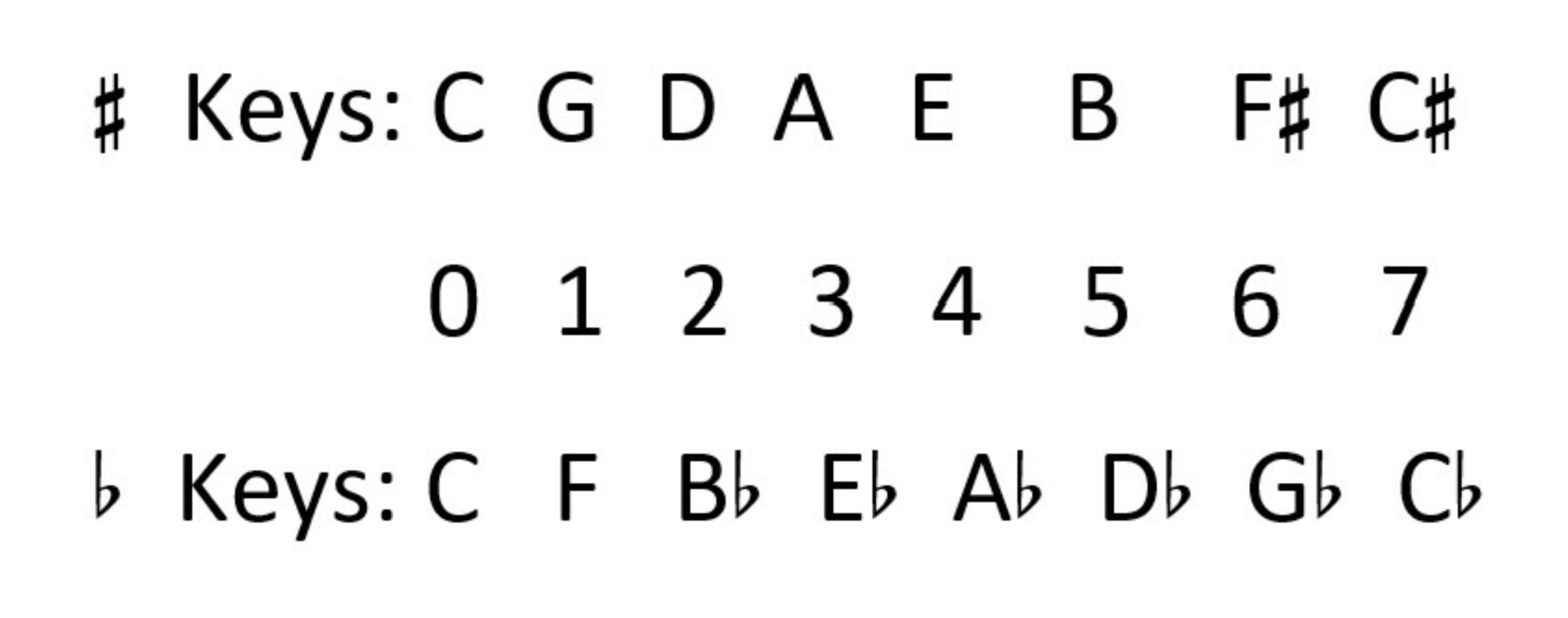The Key to Learning Key Signatures
Sep 28, 2022
By Anne Sullivan
Do you know your key signatures? If you do, good for you, but don’t stop reading.
Did you learn them with the Circle of Fifths? If you’re like most music students, you did. But that’s not the best way to learn them. The Circle of Fifths can actually be more confusing than helpful.
First let me say that I believe a knowledge of keys and key signatures is essential in every practical aspect of music. I’m not just a harp teacher; I taught music theory and ear training at the Curtis Institute of Music for 19 years. And I”m not just an expert in this field, but I truly love the patterns in music that you can uncover when you study music theory. I also know how essential an understanding of basic music theory is to every musician.
Without a thorough understanding of key signatures, any analysis of chords or harmony is impossible, improvisation has little direction and memorization is unnecessarily difficult. It takes you longer to learn a piece and any piece you learn doesn’t “stick” as well.
Learning the key signatures shouldn’t be difficult. There are only fifteen major key signatures. That’s fewer than the letters in the alphabet or the number of states in the U.S. or elements in the periodic table or words in the Pledge of Allegiance. It shouldn’t overtax any musician’s memory.
Here are all fifteen Major keys with the number of flats or sharps in their respective key signatures.

Notice that some of these keys you are likely to encounter only rarely, if ever. Notice also that the letter names of the sharp keys are mirrored in the flat keys and the letter names of the flat keys are the reverse of the sharp keys. Memorizing them in order and being able to recite them in order isn’t really that difficult.
Many students are encouraged not to memorize them, but to learn how to figure them out with formulas like “the name of the key is the same as the next to last flat in the key signature” or “the key is one half-step up from the last sharp.” The problem is that remembering the formula and applying it correctly is much more difficult than simply remembering the key signature for a particular key.
Imagine if in elementary school you were taught that every time you needed to multiply two numbers, you had to apply the principles of multiplication step by step. If you’re like me, the principles of multiplication are lost in the mists of your memory, but I’m certain you can still tell me what 9x7 equals. That’s because you memorized your times tables. Key signatures work the same way.
But if memorization still doesn’t appeal to you, I have a quick three-step process that will help you learn and remember your key signatures. There are no tricks or fancy rhymes, just solid understanding that puts your key signatures not just in your head but in your ears and fingers as well.
STEP ONE: You will need to know the order of the first four flats and the first four sharps as they occur in key signatures. You need to know these so you know which flats or sharps are in any key. Fortunately, they appear in the same order every time. The order of the sharps is the reverse of the order of the flats. That symmetry again. So if you know the first four of each you know the last three too.
 First four flats: B-flat, E-flat, A-flat, D-flat (then G-flat, C-flat, F-flat)
First four flats: B-flat, E-flat, A-flat, D-flat (then G-flat, C-flat, F-flat)
First four sharps: F-sharp, C-sharp, G-sharp, D-sharp (then A-sharp, E-sharp, B-sharp)
STEP TWO: Instead of memorizing all 15 major keys, learn just these 7: E flat, B-flat, F, C, G, D, and A. To help you memorize them try reciting the names of the keys in these different orders:
- Keys from 3 flats up the list to three sharps (that is, in the order listed above)
- Keys from 3 sharps down to 3 flats (the list above read backwards)
- Keys with 0 sharps or flats, then 1 sharp or flat, then 2, then 3.
- Pro tip: push your levers or pedals to change the key and play a one octave scale in each as you recite the keys.
STEP THREE: Go through the pieces you are playing or have played recently and look at the number of flats or sharps in each key signature. Name the Major key with that key signature. To check, look at the last note of the piece. Either the lowest note in the left hand or the highest note in the right hand or maybe both will be the same note as the key. One caveat: some of your pieces may be in minor. While you can’t tell this just from the key signature, you can likely tell by the way the piece sounds. If the piece is in minor, the last notes will not be the same as the Major key you have identified. Don’t worry about that now. We will get into minor key signatures another time.
TIPS FOR REVIEW: To easily add some daily Major key signature review to your practice, try these tips.
- Choose one Major key each day and play your scales and arpeggios in that key. As an added bonus, you could also play your scales in one of the neighboring keys. For instance, if you choose B-flat Major with 2 flats for your scales, also try your scales in E-flat which has 3 flats or F which has 1 flat.
- Before each piece you practice, name the key and play the scale of that key before you begin practicing the piece.
- Make flashcards for the 7 Major keys listed in Step Two above. Put the flashcards on your stand, shuffle and play a scale in each. Yes, it’s a lot of lever or pedal changing, but that’s good practice too.
GET OUR BLOG POSTS DELIVERED WEEKLY
We hate SPAM. We will never sell your information, for any reason.


